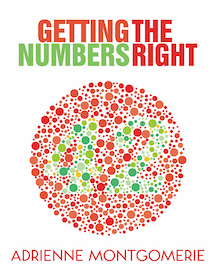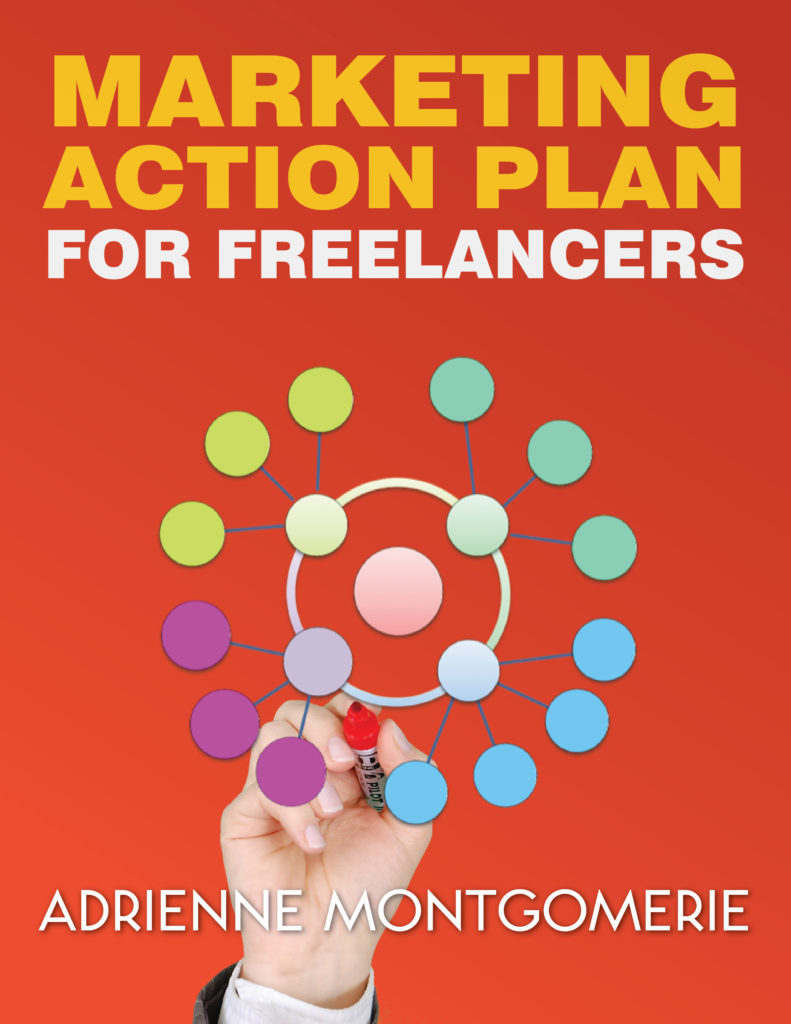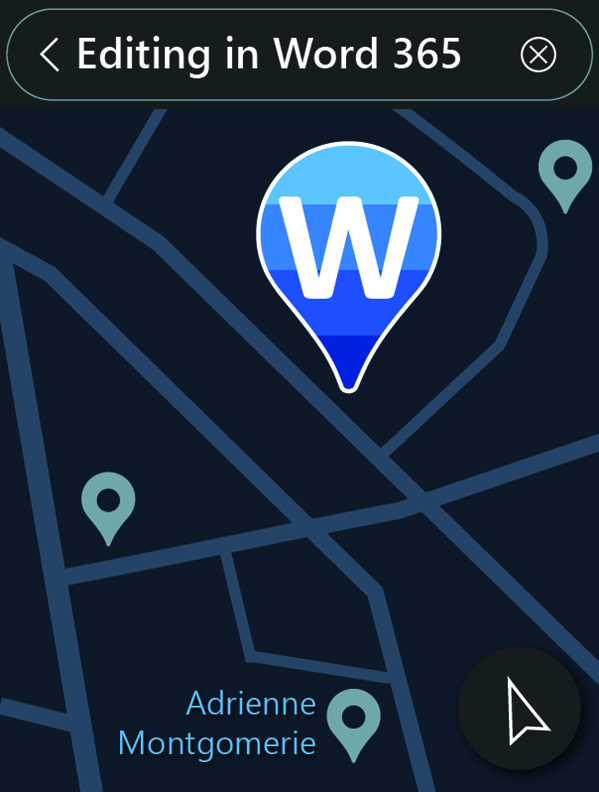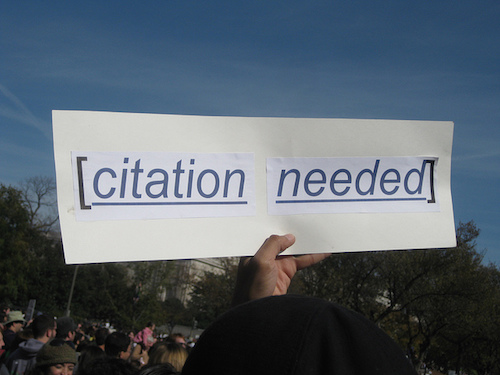Easy reading is the goal of most editors. Plain Language is a popular and respected set of principles that focus on structure as well as on style and language. You can get a quick introduction to the principles of “plain language” in the Clear Communication Overview in the Language Portal of Canada (a free government website), as well as in this handy checklist and on the US govt’ site. (This applies to non-fiction more readily than it applies to fiction.)

Download the free checklist and try a plain language edit yourself!
With a title like plain language, you might think that these principles focus on vocabulary and sentence structure. The principles are much more about focusing on the reader: text organization, vocabulary, sentences, layout and design, and testing. Here is a bit of an overview (and a checklist):
Sentences
In the Sentences section, the overlying principle is to “keep them relatively short, avoid verbiage, link … ideas logically and use the active voice.” One should apply the same principles to paragraphs.
Below that readers are given this advice, expounded upon in the text:
- Keep sentences concise—One idea per sentence.
- Make your point clearly—Avoid padding with empty phrases and long introductions.
- Use the active voice—If only to reduce wordiness. Though, the active voice also makes writing more engaging.
- Convey your message positively—Say what should be done, not what should not be done (for reasons made clear in this sentence, alone). Also, it is easy for readers to miss short negatives such as no when they are skimming.
Architecture
The organization, layout, and design of the document (or website, or whatever format!) provide the architectural structure for the message. Maximize its effect by following these principles:
- Guide the reader with headings, lists, and shorter paragraphs.
- Lead with the most important ideas—in sentences, in paragraphs, and in the document overall.
- Emphasize important info with boldface, boxes, illustrations, images, tables, graphics, and colours—but not all at once!
- Use point form and lists whenever possible.
Vocabulary
Vocabulary advice addressed by the plain language principles includes using “simple, familiar words and phrases for clarity.” BUT! Subject-matter specialists are often relieved to find out that this doesn’t mean they have to dumb down their content. If their readership is specialists, then industry jargon will be “familiar to the reader.” Technical terms are perfectly acceptable in the right context, they even lend credibility and contribute to clear and efficient communication.
Concise applies to vocabulary too. “Use a verb instead of a verb–noun phrase” the principles tell us. For example, say “examine” rather than “carry out an examination of.”
Avoiding chains of nouns is another key principle in the vocabulary section. Who doesn’t love to read “unemployment insurance premium rate increases”? But if you were following the principles of plain language, you would try to eliminate such strings.
Check out the checklist for practice applying these principles and be sure to read the Language Portal and the US govt’ site which are all free online. There’s also a helpful summary on the ACES blog.





